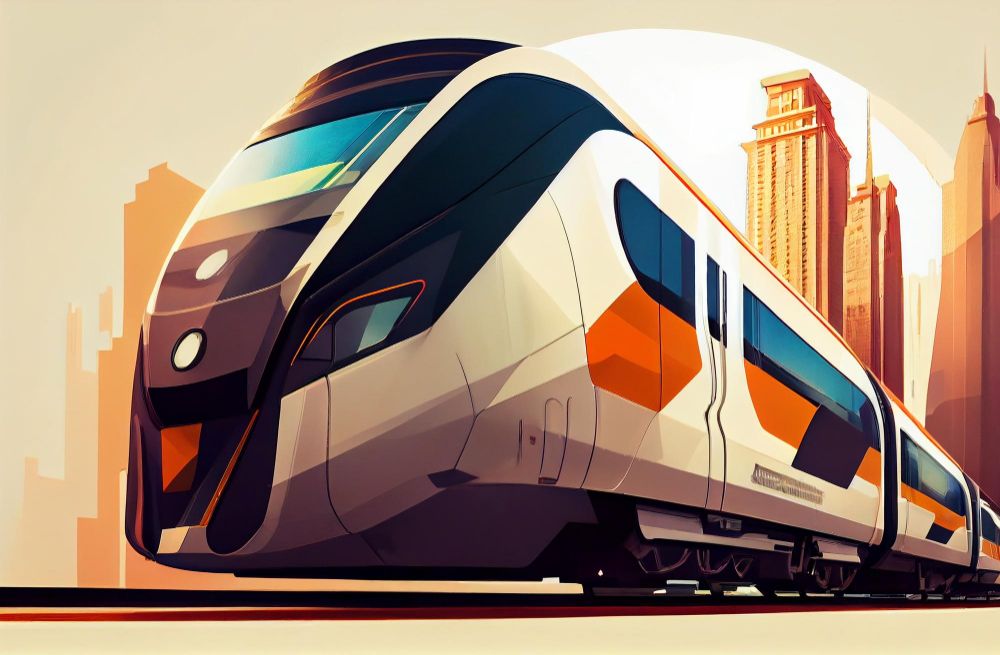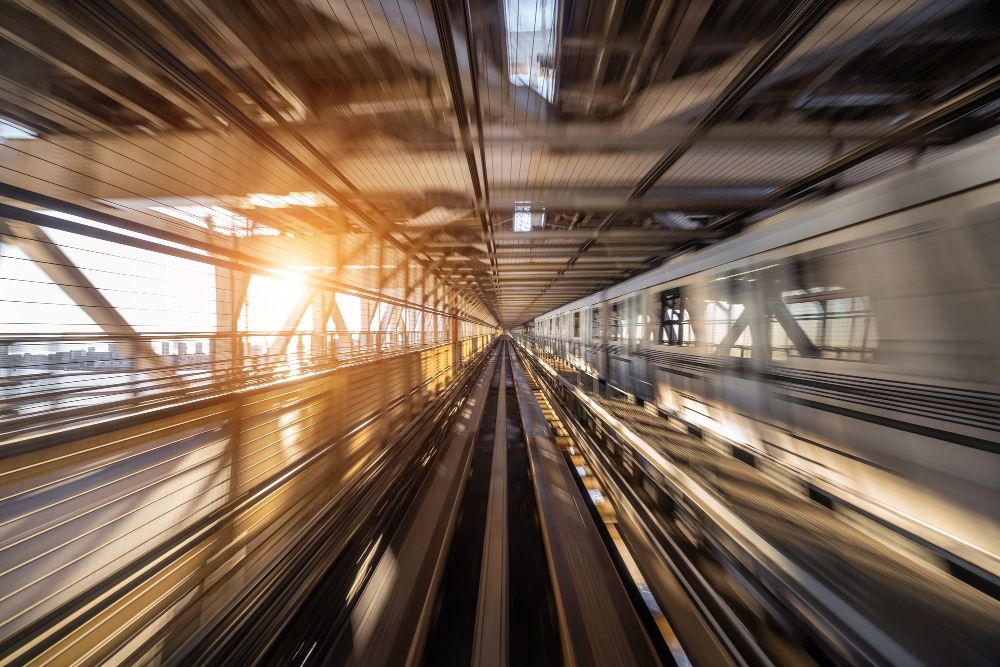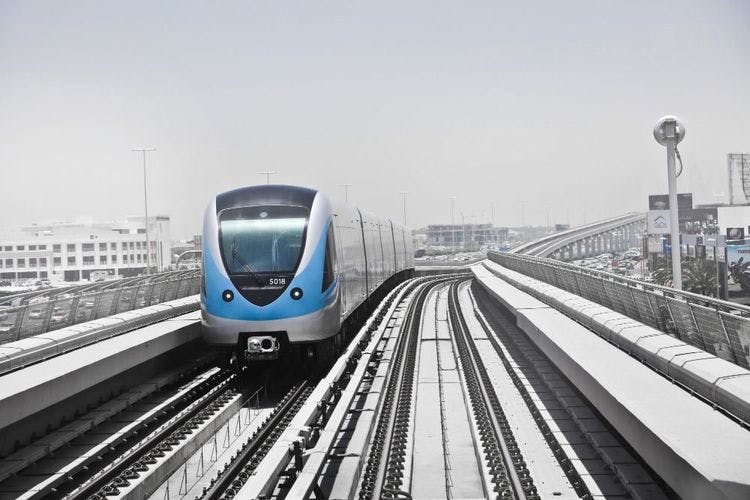Mumbai Metro Line 3 (MMR 3), also known as the Colaba-Bandra-Seepz Line, is a transformative infrastructure project shaping Mumbai's urban landscape. Spanning 33.7 kilometers across 27 stations, it connects key business districts like Bandra-Kurla Complex (BKC) and Nariman Point, offering a rapid transit system to enhance connectivity and economic activity.
The Mumbai Metro 3 project aims to bridge the gap between the city’s rising population and the inadequate and socialized public transportation system.
This move is especially a blessing to the areas where the MMR3 is going to operate because some of these places, especially Kurla and Seepz tend to get severely waterlogged and flooded during the monsoon.

Background and Planning
The Mumbai Metropolitan Region Development Authority (MMRDA) came up with the Mumbai Metro 3 project in 2010 to address the city's growing traffic congestion and inadequate public transport infrastructure.
This project has faced numerous hurdles, including land acquisition challenges, funding delays, environmental concerns, and moral and political pressure from all directions.
However, with the government's commitment and private partnerships and contributions from entities like the Japan International Cooperation Agency (JICA), the project still persists with the Maharashtra cabinet's approval of an extra expenditure of Rs 10,269 crore, the project's total cost has surged to Rs 33,405 crore.
The Mumbai Metro 3 aims to revolutionize public transport for Mumbaikars. The remaining phases are set to be completed by 2024, signifying the end of a decade-long endeavor.
Phase-wise Rollout
The Mumbai Metro Line 3 project is being rolled out in two phases, with the first phase scheduled for completion in April 2024. While initial projections aimed for completion by December 2023, delays in phase one have necessitated a revised timeline.
Nevertheless, the commencement of trial runs in key segments underscores significant progress towards realizing this transformative infrastructure project.
Infrastructure Marvel
The Mumbai Metro Line 3 project is particularly unique because part of the route goes underground. This project is notable for its impressive tunneling operations and has reached important milestones by using advanced tunnel boring machines, completing tunnels between key portions such as Siddhivinayak and Dadar.

The project has successfully dealt with logistical problems and maneuvered through complicated urban contexts to progress towards completion due to careful planning and implementation.
Route and Stations
Mumbai Metro Line 3 goes through Mumbai's central and western suburbs, connecting key areas like Colaba, Churchgate, Nariman Point, Bandra, Kurla, and Seepz. Some of the prominent stations include:
- Churchgate (South Mumbai)
- CSMT (South Mumbai)
- Wilson College (South Mumbai)
- Mahalaxmi (South Mumbai)
- Lower Parel (Central Mumbai)
Benefits for Employees' Commute
Mumbai Metro Line 3 offers substantial benefits for Mumbai's workforce, including:
Reduced travel time: The metro provides a faster and more reliable commute compared to road-based transportation, potentially saving commuters hours daily. This can significantly improve work-life balance and productivity.
Reduced congestion: By diverting passengers from road traffic, Mumbai Metro Line 3 eases congestion on arterial roads, leading to smoother commutes for everyone.
Improved accessibility: The metro's network connects various business districts, making it easier for employees to reach their workplaces across different areas efficiently.
Impact of Mumbai Metro Line 3 on Commercial Real Estate
The opening of Mumbai Metro Line 3 is anticipated to have a significant impact on Mumbai's commercial real estate landscape, potentially leading to:
Increased property values: Similar to the trend observed with earlier metro lines, areas in close proximity to metro stations are expected to experience an appreciation in property values. This can be particularly evident in previously underdeveloped areas that gain better connectivity through the metro.
Shifting demand: The improved accessibility provided by Mumbai Metro Line 3 may influence businesses to consider setting up offices near metro stations, potentially leading to increased demand and development in these areas. This can create vibrant business hubs with a mix of commercial and residential spaces.
Investor Considerations
Investors seeking opportunities in Mumbai's commercial real estate should consider the following:
Identifying high-potential locations: Areas near metro stations, particularly those in the upcoming second phase of Mumbai Metro Line 3, may offer promising investment opportunities due to anticipated property value appreciation and increased demand.
Understanding market dynamics: Conducting thorough market research and staying updated on infrastructure development plans can provide valuable insights for informed investment decisions.
Considering risk factors: As with any investment, factors like overall market trends, regulatory changes, and competition must be carefully evaluated to manage risks and ensure long-term profitability.
Conclusion
Mumbai Metro Line 3 is a game-changer, not only for daily commutes but also for shaping the city's economic landscape. Its impact extends beyond improved connectivity, influencing real estate development, fostering business opportunities, and attracting investments.
This significant project is positioned to influence the future direction of the city by relieving traffic congestion and promoting economic development. The vision of a connected, accessible, and sustainable Mumbai is achievable with resolute dedication and collaborative efforts of the government.
